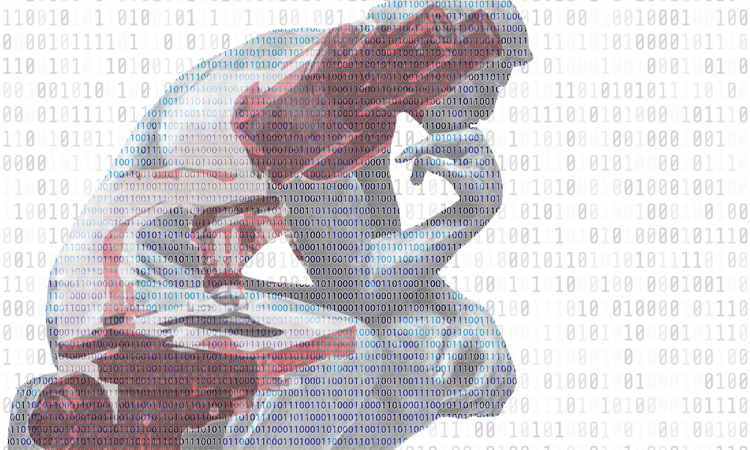Feature
Toward a Thinking Microscope
Convolutional neural networks and deep learning can boost the capabilities of standard optical microscopes to levels comparable to those of some higher-end imaging systems.
 [Illustration by A. Ozcan]
[Illustration by A. Ozcan]
Deep learning, particularly using convolutional neural networks (CNNs), is transforming a range of disciplines and eclipsing the state of the art achieved by earlier machine-learning techniques. In machine vision, for example, the deep-learning revolution has driven new capabilities in autonomous vehicles, fault analysis, security applications, entertainment and the Industrial Internet of Things. Deep-learning-enabled breakthroughs in voice recognition and speech translation are transforming how we communicate with each other and with our devices. And supervised deep-learning approaches—in which a system learns to classify or otherwise interpret information by analyzing “training sets” of labeled data—have found particular use in biomedicine and medical imaging: disease diagnosis through classification of histological images; determining tumor margins in cancer cases; cell classification and counting; screening patients for certain eye diseases using optical coherence tomography scans; and a host of other areas.
…Log in or become a member to view the full text of this article.
This article may be available for purchase via the search at Optica Publishing Group.
Optica Members get the full text of Optics & Photonics News, plus a variety of other member benefits.
